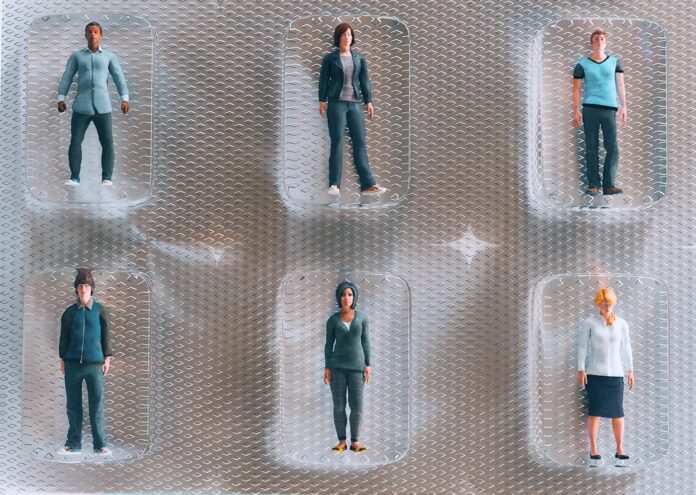
For all its genetic diversity, a tumor may yet display some common elements, antigens that reflect the tumor’s early mutational history. If these common elements could be identified, they could be used to target practically all of the tumor’s cells for destruction, and not just tumor cells that happen to display a relatively uncommon antigen that reflects only a small part of the tumor’s recent mutational history.
In other words, cancer could be felled at the trunk, which would consequently take down all the branches.
This is the conclusion of a recent study completed by Cancer Research UK scientists. These scientists explored the impact of neoantigen intratumor heterogeneity. They found that neoantigen heterogeneity may influence immune surveillance and support therapeutic developments targeting clonal antigens.
The implications were spelled out by study co-author Professor Charles Swanton, who is affiliated with both Cancer Research UK and the Francis Crick Institute. “This is exciting,” he said. “There was evidence that complex tumors with many mutations could increase the chance of the immune system spotting them; now we can prioritize and target tumor antigens that are present in every cell, the Achilles heel of these highly complex cancers.”
“This opens up a way to look at individual patients' tumors and profile all the antigen variations to figure out the best ways for immunotherapy treatments to work, prioritizing antigens present in every tumor cell and identifying the body's immune T cells that recognize them. This is really fascinating, and takes personalized medicine to its absolute limit where each patient would have a unique, bespoke treatment.”
The details appeared March 3 in the Science, in an article entitled, “Clonal Neoantigens Elicit T Cell Immunoreactivity and Sensitivity to Immune Checkpoint Blockade.” This article describes how the Cancer Research UK scientists conducted an integrated analysis of intratumor heterogeneity and neoantigen burden and then used the results to demonstrate a relationship between clonal neoantigen burden and overall survival in primary lung adenocarcinomas.
“CD8+ tumor-infiltrating lymphocytes reactive to clonal neoantigens were identified in early-stage non-small cell lung cancer (NSCLC) and expressed high levels of PD-1,” wrote the study’s authors. “Sensitivity to PD-1 and CTLA-4 blockade in patients with advanced NSCLC and melanoma was enhanced in tumors enriched for clonal neoantigens.”
Essentially, after they analyzed data from hundreds of patients from previous studies, the researchers found that some antigens represented the very earliest mutations of the cancer. Then, in the laboratory, the scientists worked with patient samples to isolate T cells that were able to recognize the common antigens, which were deemed to be present on every tumor cell.
“T cells recognizing clonal neoantigens were detectable in patients with durable clinical benefit,” the authors continued. “Cytotoxic chemotherapy-induced subclonal neoantigens, contributing to an increased mutational load, were enriched in certain poor responders.”
Although they have the potential to wipe out all cancerous cells within the tumor, T cells that are capable of recognizing early, common antigens are often switched off by a tumor's defenses.
The current research paves the way for therapies that specifically activate these T cells to target all the tumor cells at once on the basis of the disease's genetic signature. In the future, scientists could exploit this by developing a therapeutic vaccine to activate T cells, or harvesting, growing, and administering T cells back into the patient that recognize the antigens common to every cancer cell.
“This fascinating research gives us vital clues about how to specifically tailor treatment for a patient using their immune system,” commented Professor Peter Johnson, Cancer Research UK's chief clinician. “It gets us closer to knowing why some patients respond to immunotherapy treatment and others don't, and how we might select which patients will benefit the most.
“As well as suggesting a new way to treat cancer, the research fills key gaps in our knowledge about the effects of the immune system on tumors. This gives us hope of developing better treatments for some of the cancers we have previously found hardest to treat.”













